Cats' claws are part of their balancing mechanism, which is why they are able to spring high onto a surface and remain there without falling. If they do fall or the leap is too far, they can catch hold of some surfaces, such as tree bark, with their claws and thus save themselves from a tumble to the ground. Apart from the extremes of leaping and climbing, the claws provide balance for normal walking, running and stretching. In addition, the claws are the cat's weapons, for use against other animal, or indeed human, threats and enable them to dig so that this fastidious creature can cover up it's toilet area with fresh earth.
Cats scratch objects to mark their territories. There are glands in their paws containing a secretion, which transfers to the scratched area and which is detectable by other cats, although not by human noses. They also scratch to remove the old, rough-edged claw which falls off to reveal a new claw beneath.
It beggars belief that a person will put their own possessions above the contentment of their pet, but it is a fact that this does happen. Some humans (fortunately, relatively few), in their own selfish way, don't want their expensive furniture or carpets ruined by a scratching cat, so they solve the problem by having the cat's claws surgically removed. This can only be done by a vet and many vets will require a medical reason to do so and will not pander to the vanity of a human. However, some will undertake the required operation, particularly if the alternative is the destruction or re-homing of the cat and others just have no scruples at all.
In addition, cat owners should be aware that de-clawing a cat can change its personality completely. It may be in pain and it will certainly be confused. It may not be able to jump at all even onto the armchair or the window sill and it may not be able to enjoy a game of football. It may become introverted or even aggressive (it will still have teeth, so beware). In short, it will be miserable and you will be the cause - can you really live with that?
Anyone who decides to have a cat knows full well that cats do scratch on occasion, so if they're not prepared to put up with that, why have a cat, why not adopt a small dog or a goldfish - now that won't harm the precious furniture, will it?
In any event, there are plenty of ways to prevent cats from scratching the furnishings. Contrary to what dog owners would have you believe, you can train cats.
Firstly, buy a scratching post and introduce your cat to it. Alternatively, you can use a rush floor mat. When the cat starts to scratch, pick it up and place it by the post or on the mat. You may have to demonstrate what it's supposed to do but it will soon catch on. Imagine the fun you can have, crawling around on the floor, pawing at a piece of cat furniture!
Secondly, in exactly the same way that a dog only understands a human's tone of voice, not the actual words that they're saying, so does a cat. If you say the cat's name loudly then "NO" in a stern tone, wag your finger at the cat, then pick it up and put it outside or by the scratching post or mat, it will soon understand that clawing at the carpet or sofa is not acceptable behaviour. However, you must be consistent. You can't ignore the scratching one day, then shout about it the next and never, never hit your cat or threaten it, particularly after the event. It won't have a clue why you're angry.
Thirdly, as with dog training, reward lessons learnt with treats, tickles and cuddles.
If you really can't train your cat, just put a throw over the sofa and enjoy its company. What are a few rips or tugs in the cover of your armchair compared with the purring companionship of a happy cat?

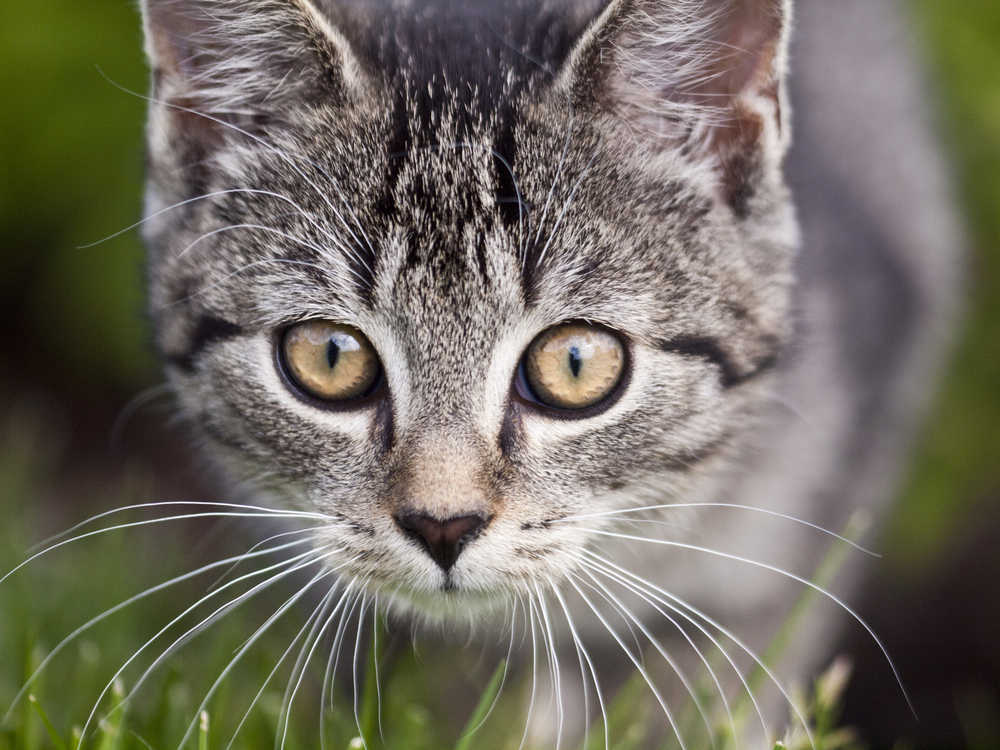 Diseases of the Eyes in Cats
Exophthalmos, Enophthalmos, and Strabismus
Exopht
Diseases of the Eyes in Cats
Exophthalmos, Enophthalmos, and Strabismus
Exopht
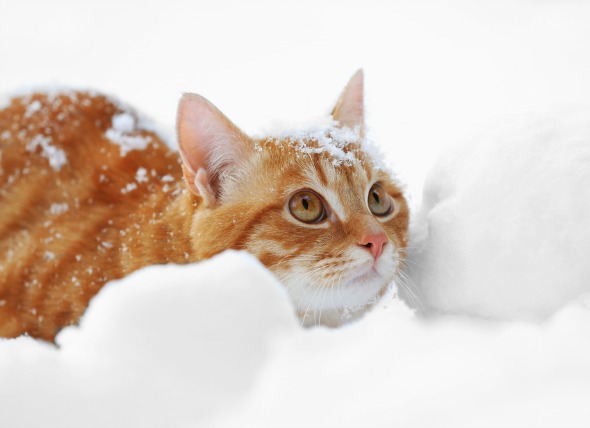 Low Body Temperature in Cats
Hypothermia in Cats
Hypothermia is a medical cond
Low Body Temperature in Cats
Hypothermia in Cats
Hypothermia is a medical cond
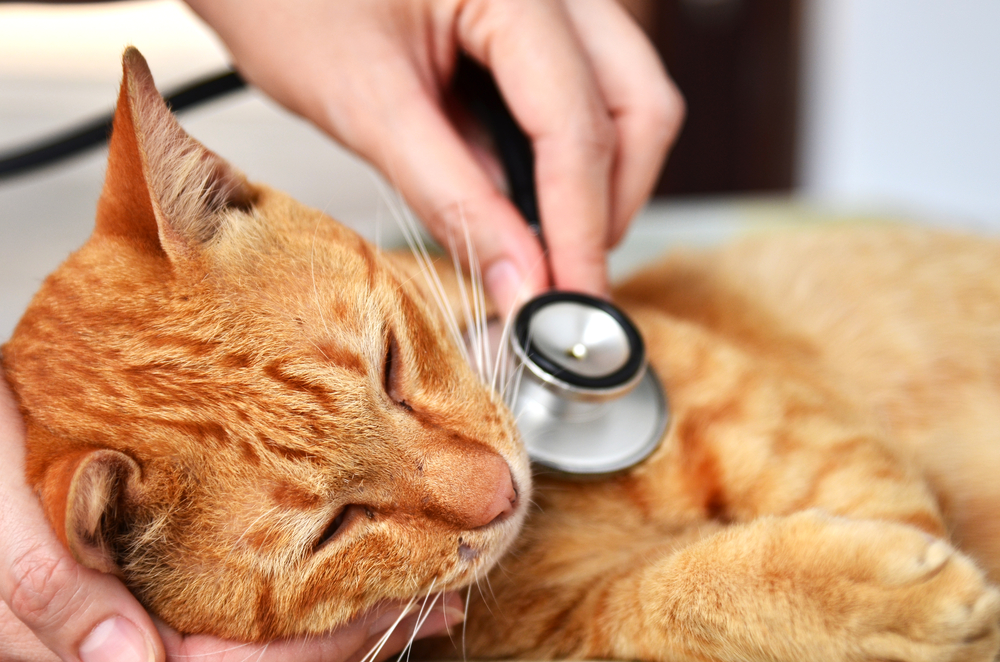 High Blood Sugar in Cats
Hyperglycemia in Cats
The term hyperglycemia refe
High Blood Sugar in Cats
Hyperglycemia in Cats
The term hyperglycemia refe
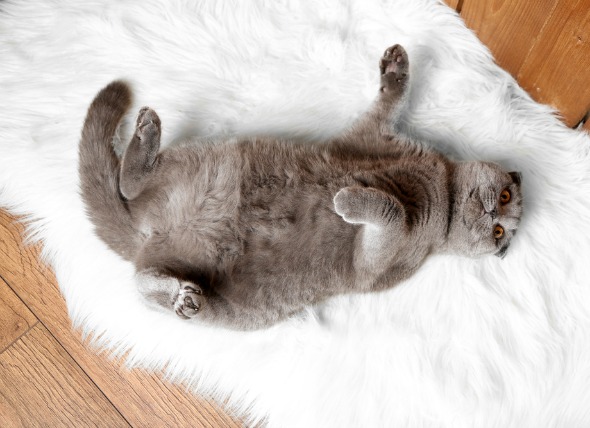 Irritable Bowel Syndrome in Cats
Chronic Irritation in the Lining of the Bowels in Cats
&
Irritable Bowel Syndrome in Cats
Chronic Irritation in the Lining of the Bowels in Cats
&
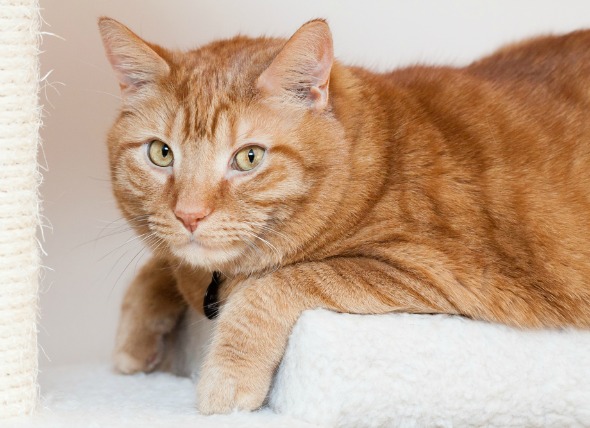 Fluid in Abdomen in Cats
Ascites in Cats
Ascites, also known as abdominal
Fluid in Abdomen in Cats
Ascites in Cats
Ascites, also known as abdominal